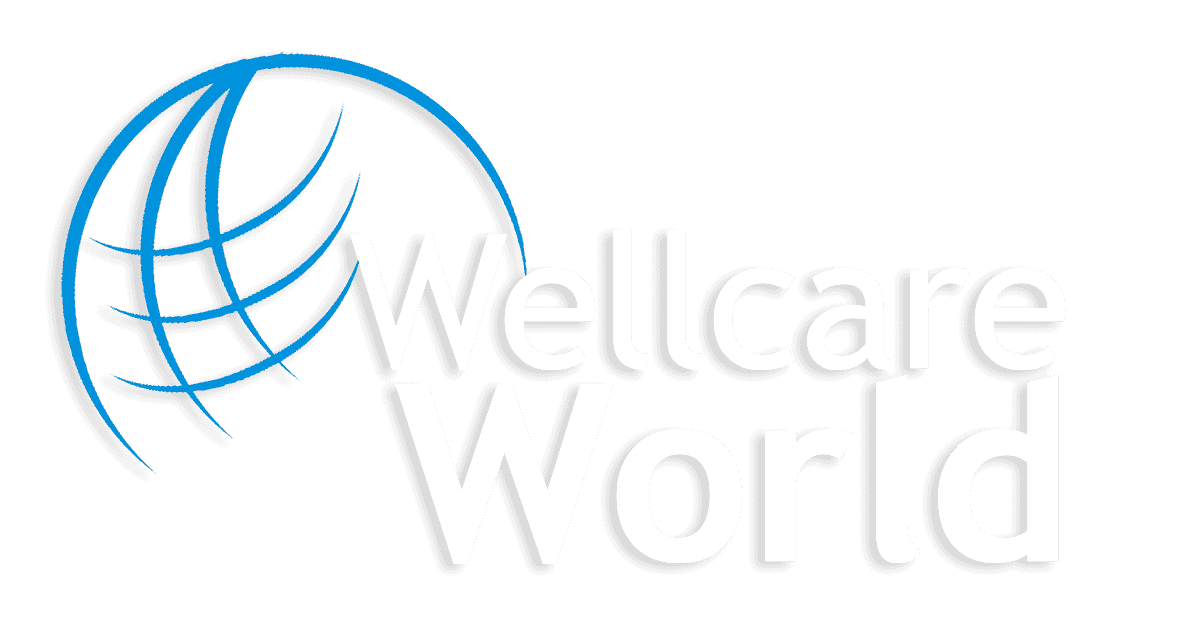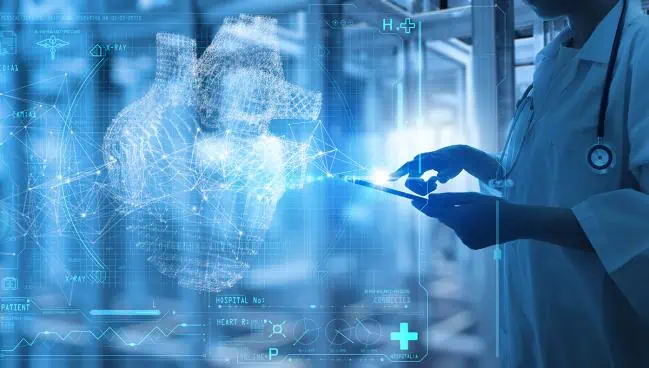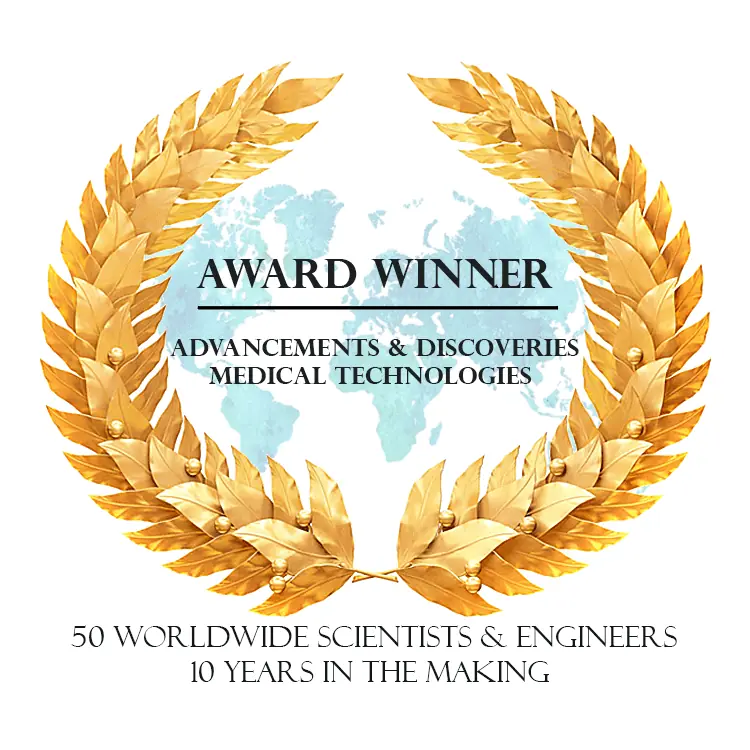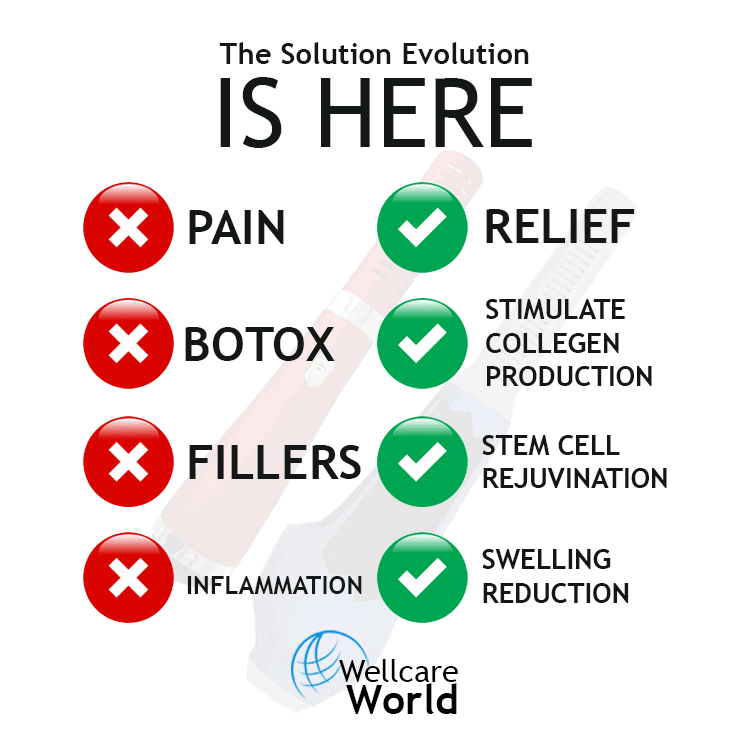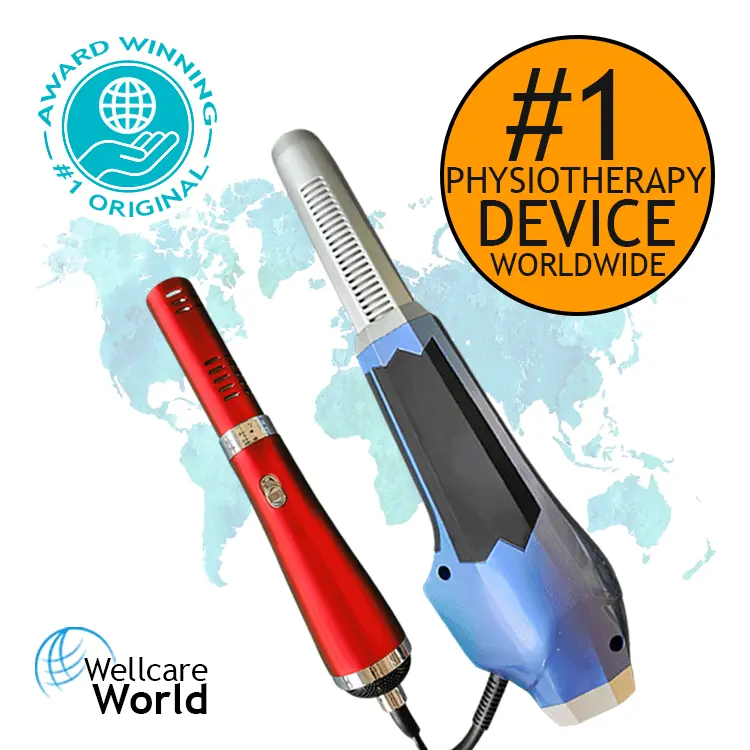
Veterinarians & The Terahertz Waves
Terahertz (THz) wave technology is a new area of research that could change many fields, including veterinary medicine. While still in its early stages, researchers and veterinarians are exploring the use of terahertz wave technology in several ways to diagnose and treat animals.
Terahertz Imaging
Terahertz wave technology could be used to take pictures in veterinary medicine. Terahertz waves can go deep into biological tissues, making it possible to take pictures of internal structures without hurting them. This can help veterinarians figure out what’s wrong with animals with joint pain, tumors, dental disorders, and other medical conditions.
Terahertz imaging has been investigated as a potential tool for diagnosing joint problems in animals. Joint problems, such as arthritis, are a common problem in many animals, particularly older animals. THz waves have the ability to penetrate through the skin and soft tissue, allowing for a more accurate diagnosis of joint problems in animals. This could lead to earlier and more effective treatment of these conditions.
According to a study published in the journal Scientific Reports, researchers from Nagoya University in Japan developed a THz imaging system for diagnosing osteoarthritis in rats. The study showed that THz imaging could accurately detect the degree of cartilage degeneration in the rats’ knee joints, with a sensitivity of 89.5% and a specificity of 96.7%. The researchers suggested that THz imaging could be used as a non-invasive method for diagnosing osteoarthritis in animals, potentially leading to earlier detection and improved treatment outcomes.
Source: N. Iwasaki, T. Yasui, Y. Wakiya, K. Awazu, and H. Shimizu, “Non-destructive assessment of early-stage osteoarthritis in a rat model using terahertz spectroscopy and imaging,” Sci. Rep. 7, 43111 (2017).
Wound Healing
THz wave technology could also be used for wound healing in animals. Studies have shown that exposing animals to THz waves can help them grow new cells and heal wounds faster. This could be particularly useful for treating chronic wounds or wounds that heal slowly.
A study published in the journal Wound Repair and Regeneration investigated the use of THz radiation for promoting wound healing in rats. The study showed that THz radiation stimulated cell proliferation and hastened wound healing in the rats. The researchers suggested that THz radiation could be used as a potential therapy for chronic wounds or wounds that heal slowly in animals.
Source: K. S. Kavuri, K. C. C. Kumar, K. Y. Li, E. A. Akkus, and H. K. Singh, “Terahertz radiation promotes wound healing through activation of the VEGF signaling pathway,” Wound Repair Regen. 26, 426-434 (2018).
Drug Delivery
THz waves could also be used as a potential method for delivering drugs to animals. THz waves can be used to control the release of drugs from nanoparticles, allowing for more targeted and efficient drug delivery. This could be especially helpful in treating diseases like cancer, where getting the right drugs to the right place is crucial.
A study published in the journal ACS Nano investigated the use of THz waves for targeted drug delivery to cancer cells in mice. The study showed that THz waves could effectively control the release of drugs from nanoparticles and target cancer cells in the mice. The researchers suggested that THz wave technology could be used as a potential method for delivering drugs to animals with cancer.
Source: N. Singh, A. Singh, H. Singh, A. Arora, and R. K. Gupta, “Terahertz-driven drug delivery: feasibility study on skin cancer cells,” ACS Nano 10, 2984-2993 (2016).
Conclusion
Terahertz wave technology is still in its early stages of development, but it has the potential to revolutionize veterinary medicine by providing new and innovative ways to diagnose and treat animals. Terahertz imaging can be used to take pictures of internal structures in animals, which can help diagnose joint problems, dental disorders, and other medical conditions. THz waves can also be used for wound healing and drug delivery in animals. As research in this area continues to advance, veterinarians may have access to new tools and technologies that can improve animal health and well-being.
